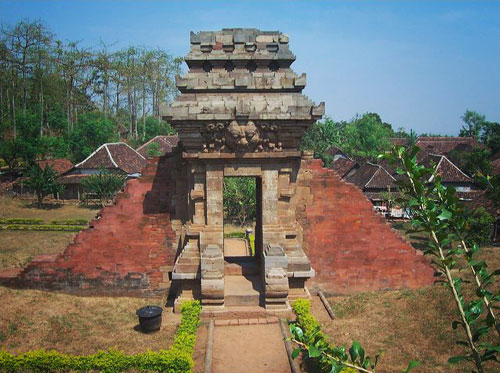Mt. Penanggungan Seat Of The Gods

The World is blessed with everything. A tropical paradise, but there's only one real beauty a singular combination of scenic wonders and cultural heritage . From friendly people to smoking Volcano, etc.
Mt. Penanggungan, which rises from the plains to the south of Surabaya, is not a high mountain. At only 1,650m above sea level, it is dwarfed by the gigantic peaks of Arjuna and Welirang nearby. Yet the mountain's unique form, coupled with the fact that it stands alone, majestically sweeping up above East Java's northern plain, makes Penanggungan especially prominent.
The idea of the mountain as a place for retreat and meditation is well known in Java. Since time immemorial the Javanese have recognized the volcanic peaks as sources of nourishment as well as devastation. Mountains like Bromo and Semeru have been seen as being inhabited by benevolent, yet irritable gods, quick to offend and in need of constant placation. According to Javanese mythology, the holy Mt Mahameru, home of the Hindu gods, was transported to Java in early times in order to hold the island in place.
During the journey, however, it began to break apart, bits of it falling to earth to form the more prominent peaks of Java. Thus, as the story goes, the base became the island's highest mountain, Semeru, while the peak landed some distance away to become Mt Penanggungan. Little wonder that such a legend should be attached to this mountain when considering its shape. A central, almost perfectly rounded summit surrounded by four minor 'peaks', more or less symmetrically arranged, reflects clearly the form of the 'cosmic mountain' itself. Judging by the enormous number of archaeological remains hidden away on its forest covered slopes, it is clear that Penanggungan has been regarded as an especially sacred place.
Expeditions by Dutch archaeologists earlier this century revealed no less than 81 temple sites, mostly dating from the 1 4th and 1 5th centuries. Quite a number were discovered on the minor summits of Bekel and Gajah Mungkur, where conditions are steep, overgrown and subject to landslides. Several, however, are quite easily accessible to those who are prepared to do some walking.









